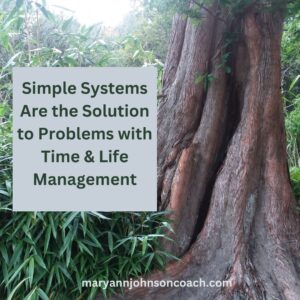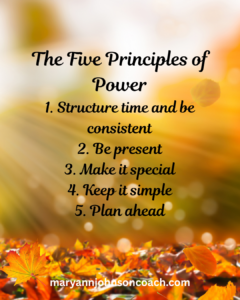 Recently, I wrote about principles that I consider powerful for a healthier and happier family life. Last week, we delved into principles one and two. Today, I will share information and examples on principles three and four.
Recently, I wrote about principles that I consider powerful for a healthier and happier family life. Last week, we delved into principles one and two. Today, I will share information and examples on principles three and four.
As I said last week, as you internalize these principles, you will see greater success in all parts of your life. This is a promise I can make based on my own experience.
Principle 3
Make it special. When we want someone to look forward to something, we make it special. We do this at weddings, birthdays, and on holidays. But it’s just as important in our daily family activities. Let me share an example from my own life.
I recall a trip we made from Idaho to Utah. We were moving, and Mom was driving us to meet our dad at the new home. She had all nine of her kids in the car. My two sisters and I were in the very back of our station wagon. (No seatbelts in those days.). I was fourteen, Cindy was 13, and Shirley was twelve. Old enough to behave, right? At one point, we were so bored that we began fighting. My mom yelled repeatedly from the driver’s seat for us to stop because we were riling up the other kids. After a lengthy time, Mom pulled over, raced to the back of the car, popped the window open, and reached for us. We, however, were scrunched up at the back of the middle seat, and she couldn’t reach us. She told us in no uncertain terms to stop fighting and remain calm, that we were almost there. Then she got back in the driver’s seat. I will never forget what happened next. I looked at my sisters, they looked at me, we smiled mischievously, and went at it again. I know, we were being naughty on purpose, but we were bored!
I learned something from that experience that helped me when I traveled with our seven kids: make it special! I learned even more as I watched my husband. Don knew how to do this well. On any trip he planned, he would insert one or two stops at city parks. Everyone got out for fifteen minutes, and then we hit the road. At first, this drove me nuts. I mean, we needed to get where we were going. Over time, I saw how helpful this was for our children. They loved our trips and looked forward to the short stops. Don knew how to make it special.
I had a different way of accomplishing this. I would make goodie bags and hand them out at the beginning of the trip. They contained homemade treats and cheap toys or books from the dollar store. In our day, that was the town drug store. : ) Sometimes, rather than a goodie bag, I would have a bin of books, games, cards, coloring materials, etc. that I kept just for road trips. They weren’t brought out at any other time. We also had a few car games, and we often sang as a family. Yes, my kids liked that. Here is the key – what isn’t always available is special when it is available.
This idea of making it special applies to many things, such as going to church, doing chores, or bedtime. Really? Yes. I have a special bag that goes to church with me. When the grands are reverent, they get to pick a treat out of the bag. I’ve been using this bag for over ten years, and although all the grands are now teens and don’t need the bag to be reverent, they enjoy getting it anyway. It’s become a once-a-week tradition. : ) Maybe you have special books that are only used at church. Whatever isn’t always available feels special.
Even chores can be made special. After Saturday chores, have a simple treat. As each child or teen finishes their assigned items, they can have a treat, no waiting on others. You could have a ten-minute dance party just before everyone goes off to do chores or even gather when everyone is done. Laughter, smiles, and treats can make even the most arduous or mundane thing special.
And what about bedtime? I’ve learned that even bedtime can be more stress-free when it’s special. My grands in Washington were notorious for not going to bed, and when in bed, calling out over and over again. When I visited, I instituted something special. I would sit by the bed and ask two questions: What was the hardest thing that happened today? What was the best thing that happened today? They would each get to answer the question, and we talked about it. They loved this. When we were done, each was to lie still, close their eyes, and breathe. I would sit there for another ten minutes while they complied. By then, they were usually asleep.
Another simple way to make bedtime special is by giving each child just three minutes to hug, cuddle, or talk. Then say goodnight and move to the next bed or room. I’ve had parents tell me that doing this one simple thing has made a difference for their kids because it makes bedtime special.
Principle 4
Keep it simple. As in the above examples, while working on making things special, we need to remember to keep it simple. When we make things hard, expensive, time-consuming, or too costly, the activity usually dies a slow death. We had a weekly family night. There was prayer, a story, and a simple activity. We ended with a treat of some kind. This was a family activity suggested by our church. As we went along, many members of our congregation began making this simple family home evening a big deal. Bigger treats. More challenging activities. More resources were required. I found myself letting it slide because I didn’t have the time or energy for all the preparation. I felt that if I wasn’t doing all the ‘stuff’ other families were doing, my kids would feel ours was lame. What was lame was that we stopped doing a fun thing that brought our family together. Eventually, we returned to simpler content, and it returned to a weekly event.
Here is a cool idea a friend had for her children’s bookshelves. She would periodically remove books and add in books that had been removed months earlier. This kept her children’s interest in the books because they felt new. She wasn’t constantly having to buy books or go to the library. This also got her kids to engage with books that they ordinarily wouldn’t have read. It helped make their family reading time more exciting.
Sometimes you’ll have an activity that you think is special, but your kids don’t, and it isn’t as successful as you hoped. That is OK. Get your ego out of the way. Try another activity next week or new items in the car for the next long drive. Be willing to experiment.
I did some work for a woman who taught me a profound lesson. Her closet was so neat, and I asked her how she managed it. She replied that if she bought something, then she had to give something away. This simple ‘rule’ that she had for herself kept her whole home in far better order. She had learned to keep it simple.
We can expand this idea to many areas of our lives. Take a vacation, for example. Don’t overload it. A few activities, well thought out and engaged in, beat a schedule that wears everyone out and leads to misbehaving, irritation, and contention.
When we add a new commitment to our calendar, we should remove something else. One of the great tragedies for families is that we are so “booked” that we do not have time for one another; we cannot enjoy one another. Running from one thing to the next until we are totally worn out is a good way to miss our family life, which is really the life we want. When we keep things simple and consistent, our results skyrocket.
We want to have a real connection in our family. We want peace and calm as often as we can manage it. We want activities that bond us together.
This all happens best as we make things special in simple and sustainable ways.
 Several years ago, I wrote an article about the importance of gratitude. I’m posting it again because this is the season when we think about expressing gratitude. However, I hope it helps you take some daily actions that move you to think about what you are grateful for every day.
Several years ago, I wrote an article about the importance of gratitude. I’m posting it again because this is the season when we think about expressing gratitude. However, I hope it helps you take some daily actions that move you to think about what you are grateful for every day.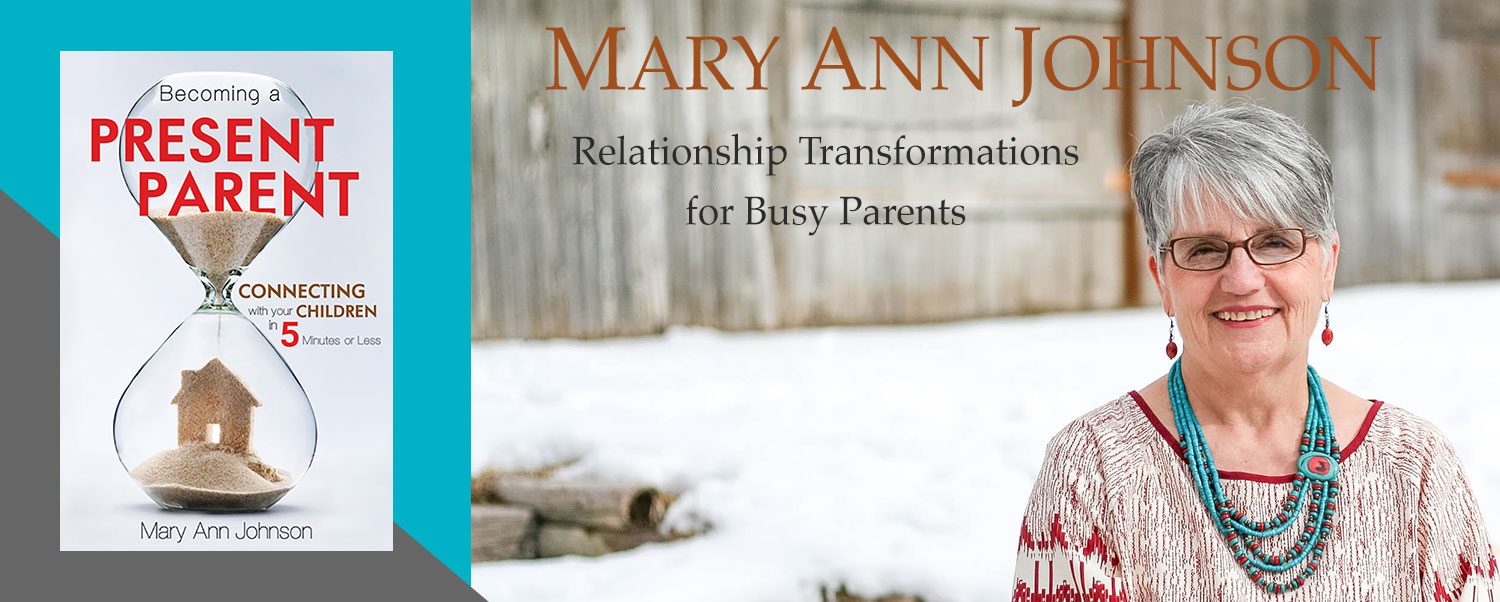
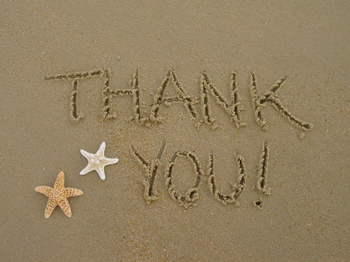

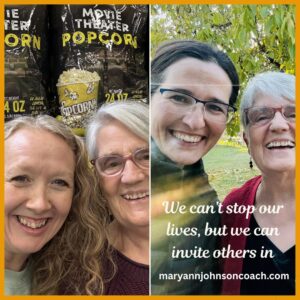 In an article I wrote in September 2024, titled
In an article I wrote in September 2024, titled 
 This week, I had an experience that brought to mind the importance of letting our kids know, daily, that we see them and that they matter. It brought back many memories of families I have worked with, parents I have mentored, and the huge impact I’ve seen when
This week, I had an experience that brought to mind the importance of letting our kids know, daily, that we see them and that they matter. It brought back many memories of families I have worked with, parents I have mentored, and the huge impact I’ve seen when 
 Recently, I wrote about principles that I consider powerful for a healthier and happier family life. Last week, we delved into principles one and two. Today, I will share information and examples on principles three and four.
Recently, I wrote about principles that I consider powerful for a healthier and happier family life. Last week, we delved into principles one and two. Today, I will share information and examples on principles three and four.
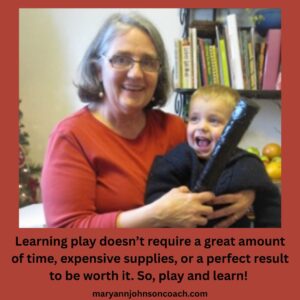





 In 2012, the week after Christmas, Don and I traveled to Colorado to visit our grandkids. We loved and missed our daughter and her husband, but we went to see the grands! I’m always grateful for the time we took, in those early days, to spend time with them. Ashley, the grand in this story, is now in her mid-twenties and a wonderful hairdresser. They grow so fast, and you can’t reclaim their childhood. Hence, the perilous drive in the winter. : )
In 2012, the week after Christmas, Don and I traveled to Colorado to visit our grandkids. We loved and missed our daughter and her husband, but we went to see the grands! I’m always grateful for the time we took, in those early days, to spend time with them. Ashley, the grand in this story, is now in her mid-twenties and a wonderful hairdresser. They grow so fast, and you can’t reclaim their childhood. Hence, the perilous drive in the winter. : )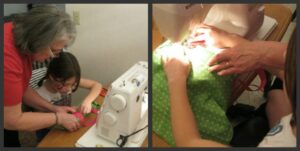 them their job is to push the material forward into the feed dog, and keep a straight line. Then I worry about the pedal. That way, they learn to do one thing before trying to do two.
them their job is to push the material forward into the feed dog, and keep a straight line. Then I worry about the pedal. That way, they learn to do one thing before trying to do two.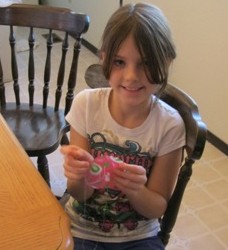

 A few days before my 54th anniversary, May 28th, I spoke to my good friend, Joy. I had been down with bronchitis for three weeks. I was challenged to keep up with caregiving and was feeling down, not at all like myself.
A few days before my 54th anniversary, May 28th, I spoke to my good friend, Joy. I had been down with bronchitis for three weeks. I was challenged to keep up with caregiving and was feeling down, not at all like myself.
